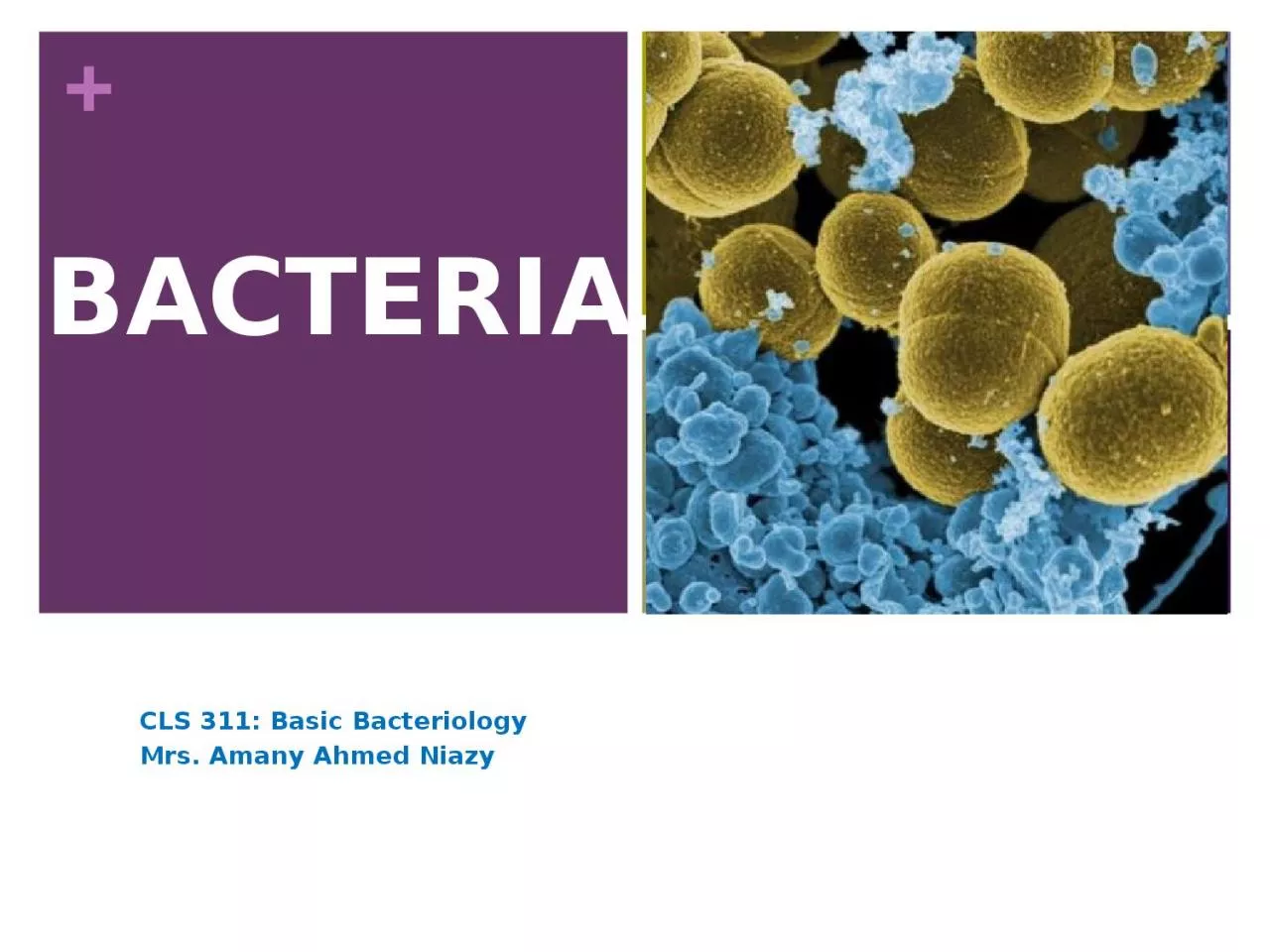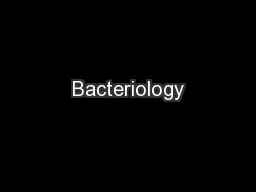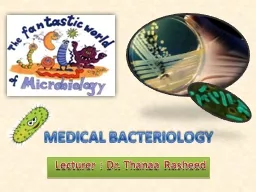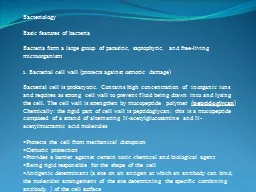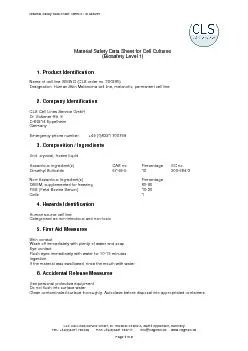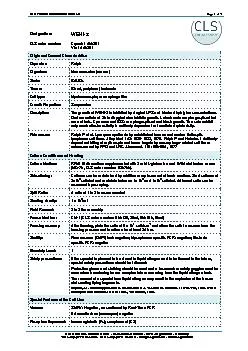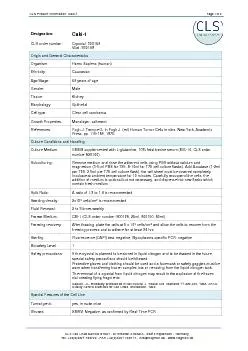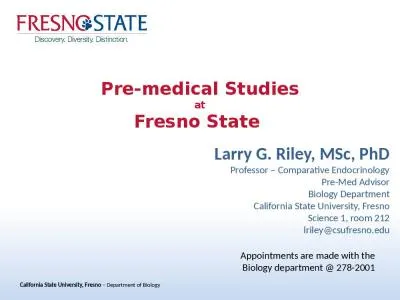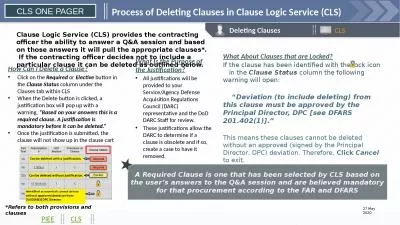PPT-BACTERIA CLS 311: Basic Bacteriology
Author : ida | Published Date : 2023-07-08
Mrs Amany Ahmed Niazy Bacterial Structure Bacterial Structure Bacterial Structure Exterior Structures cell envelope Capsule Cell Wall Cell Membrane Filamentous
Presentation Embed Code
Download Presentation
Download Presentation The PPT/PDF document "BACTERIA CLS 311: Basic Bacteriology" is the property of its rightful owner. Permission is granted to download and print the materials on this website for personal, non-commercial use only, and to display it on your personal computer provided you do not modify the materials and that you retain all copyright notices contained in the materials. By downloading content from our website, you accept the terms of this agreement.
BACTERIA CLS 311: Basic Bacteriology: Transcript
Download Rules Of Document
"BACTERIA CLS 311: Basic Bacteriology"The content belongs to its owner. You may download and print it for personal use, without modification, and keep all copyright notices. By downloading, you agree to these terms.
Related Documents

